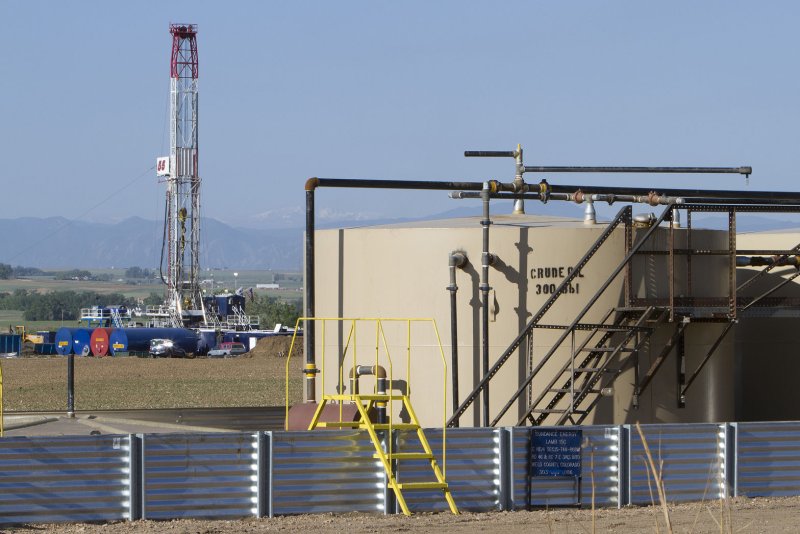Fatih Birol, the head of the International Energy Agency, told U.S. lawmakers that China is leading the race in renewables, but the United States is the clear winner for oil and natural gas. File photo by Gary C. Caskey/UPI |
License Photo
Jan. 17 (UPI) -- The United States is losing the renewable energy race to China, but will be the undisputed leader for oil and gas in the coming years, the head of the IEA said.
The U.S. Energy Information Administration expects total U.S. oil production to set an all-time record this year at 10 million barrels per day. About half of the new utility-scale power on the U.S. grid last year came from renewables and most of that was in the fourth quarter.
Fatih Birol, the head of the International Energy Agency, told the U.S. Senate the annual rate of growth for U.S. renewables could slow from 3.5 percent annually to 2.5 percent after 2025. By 2040, meanwhile, the share of renewable energy on the global power system reaches 40 percent so policies that support renewables are needed to keep up.
While the United States slows down, China is picking up the pace.
"The scale of China's clean energy deployment, technology exports and investment makes it a key determinant of momentum behind the overall global low-carbon transition," Birol testified.
By 2040, China will have 30 percent of the new wind and solar power capacity and 40 percent of the global investment in electric vehicles. China, the second largest economy behind the United States, remains a "towering presence" in coal, Birol said, but coal use peaked in China five years ago.
Oil remains central to the Chinese economy and China overtakes the United States as the thirstiest economy by 2040. That comes as U.S. shale oil production catapults the country to a leadership position for fossil fuels.
U.S. President Donald Trump has put coal and oil at the forefront of his energy policy, outlining a strategy that envisions U.S. energy dominance. Former President Barack Obama, while sidelining some of the offshore areas now considered by the Trump administration, ended a 40-year-old ban on crude oil exports, putting more U.S. oil on the market than ever before.
Birol said that, by 2040, total combined U.S. oil and gas production rivals most country's historic achievements. The increase in production between 2010 and 2025, of an estimated 8 million barrels per day, would be a world record if the IEA's forecast is accurate.
"As such, with the United States accounting for 80 percent of the increase in global oil supply to 2025 and maintaining near-term downward pressure on prices, our projections suggest that the world's consumers are not yet ready to say goodbye to the era of oil," he said.















